#Polish painters
Explore tagged Tumblr posts
Text

Tomasz Kręcicki — Garbage (oil on canvas, 2025)
62 notes
·
View notes
Text
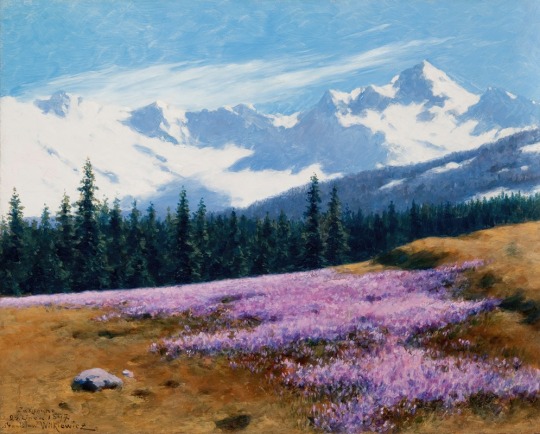
Crocuses with Snowy Mountains Behind, 1897 by Stanisław Witkiewicz (1851-1915)
#stanisław witkiewicz#art#painting#oil painting#oil on canvas#19th century art#19th century#polish art#polish painters#realism#landscape
549 notes
·
View notes
Text

~ Leopold Löffler, detail from The Bride (1853)
via wikimedia commons
#leopold löffler#leopold loeffler#fine art#art history#art detail#painting detail#old paintings#polish art#polish artist#polish painters#polish painting#victorian#victorian art#victorian painting#19th century painting#coquettecore#coquette aesthetic#spring aesthetic#floral aesthetic#cottagecore#cottagecore aesthetic#e
75 notes
·
View notes
Text
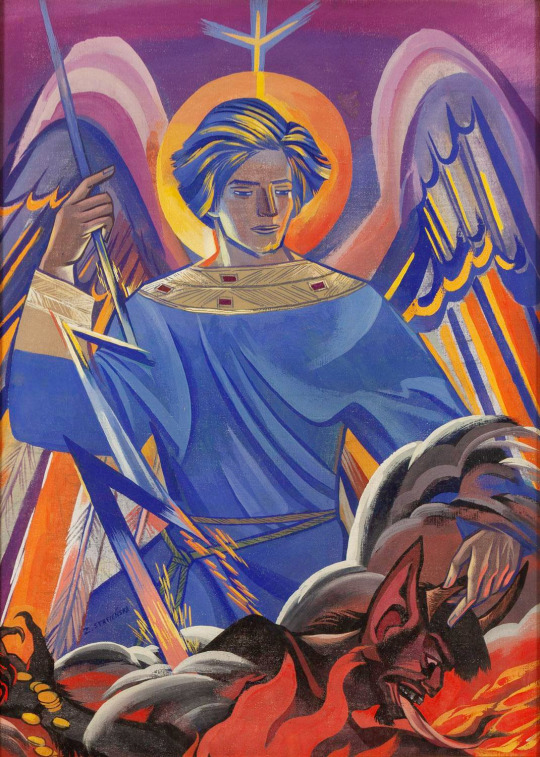
Archangel Michael fighting Satan by Zofia Stryjeńska (Polish, 1891-1976)
#art deco#art#polish art#catholic art#christian art#poland#zofia stryjeńska#zofia stryjenska#archangel michael#roman catholic#catholicism#catholic#roman catholicism#christian#christianity#angel#painting#polish painters#female artist#female painter#*
515 notes
·
View notes
Text


Henryk Siemiradzki
Christian Dirce (details)
1897
88 notes
·
View notes
Text
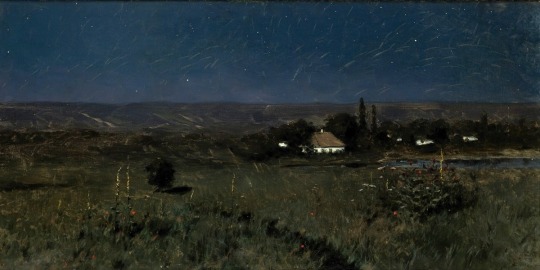
Stanisław Witkiewicz, Noc ukraińska (Ukrainian Night)
1895, oil on canvas
#poland#polish culture#polish art#polish paintings#polish painters#european art#european paintings#european painters#european fine art#polska#stanisław witkiewicz#witkiewicz#landscape painting#Ukraine in Polish Art
340 notes
·
View notes
Text

Flower in surreal landscape
Georges Spiro
#georges spiro#polish artist#polish painters#surrealism#surrealist#surrealist art#surrealist artist#surrealist painting#surrealist painter#surreal landscape#landscape art#landscape aesthetic#art on tumblr#french art#french painting#modern art#art history#aesthetictumblr#tumblraesthetic#tumblrpic#tumblrpictures#tumblr art#aesthetic#tumblrstyle#beauty
391 notes
·
View notes
Text
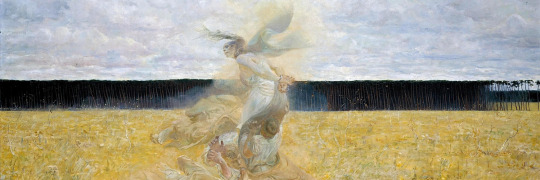


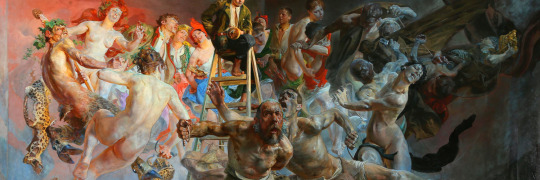
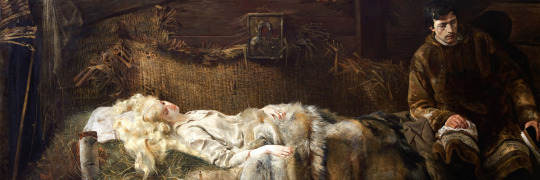
jacek malczewski' paintings headers || like or reblog if you save
#twitter headers#art headers#jacek malczewski#malczewski#yellow headers#brown headers#green headers#orange headers#art#polish art#polish painters#sztuka#malarstwo#polskie malarstwo
550 notes
·
View notes
Text

Olga Boznańska (Polish, 1865-1940): Anemones (1920) (via Bonhams)
#Olga Boznańska#Olga Boznanska#women artists#women painters#art#painting#twentieth century#1920s#still life#flowers#anemones#polish painters
217 notes
·
View notes
Text
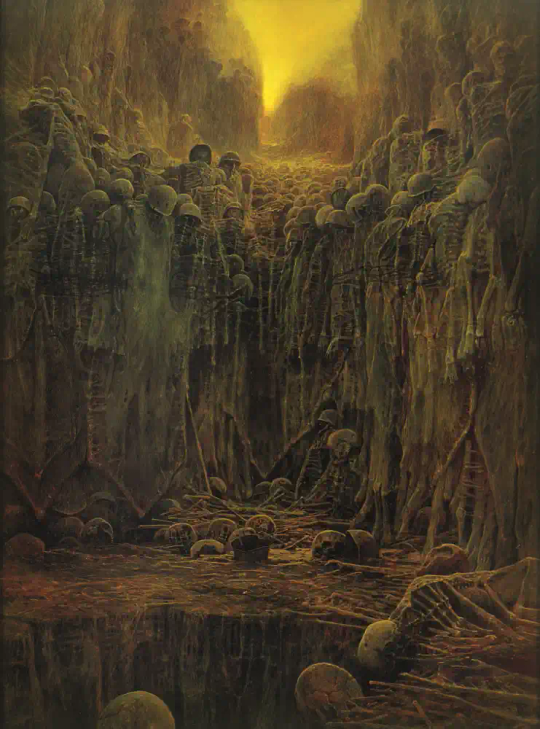
Katyń - Zdzisław Beksiński
#beksiński#beksinski#zdzislaw beksinski#zdzisław beksiński#art#artist#work of art#polish art#polish painters#painting
27 notes
·
View notes
Text

Wiesław Szamborski — Meat (acrylic on canvas, 1980)
9K notes
·
View notes
Text
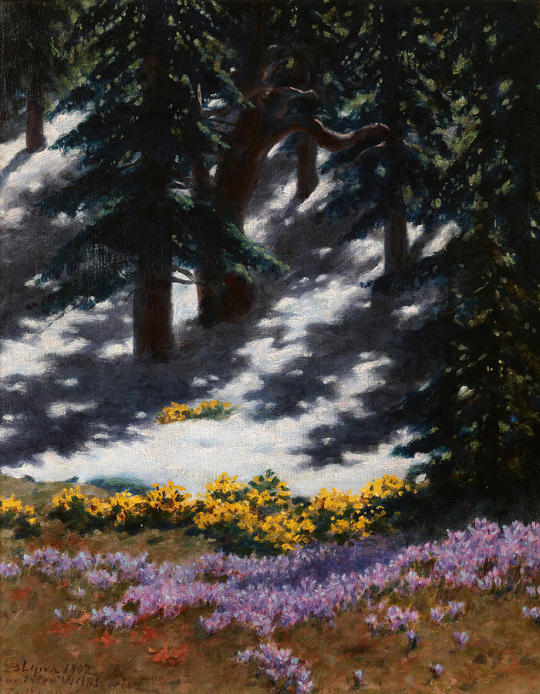
Krokusy i Kaczeńce (eng: Crocuses and Marsh-Marigolds), 1907 by Stanisław Witkiewicz (1851–1915)
#stanisław witkiewicz#art#painting#oil painting#oil on canvas#20th century art#polish art#polish painters#realism#National Museum in Kraków#landscape#nature
156 notes
·
View notes
Text

Sebastian Talar - Pączek z konfiturą | Polish doughnut with marmalade (olej na płycie | oil on plate, 20 x 20 cm), 2016 (via Polish Masters of Art)
339 notes
·
View notes
Text
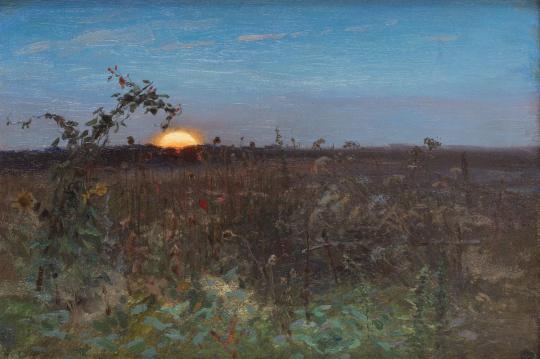
Summer Sunset (1896) by Ferdynand Ruszczyc (Polish, 1870–1936)
#ferdynand ruszczyc#summer sunset#1890s#polish art#landscape#summer landscape#summercore#meadow#meadowcore#slow living#painting#painters#polish painters#art#poland#landscape art#landscape painting#19th century art#19th century#*
139 notes
·
View notes
Text

Just stumbled upon this self-portrait of Wyspiański, a Polish painter, with his wife and immediately thought of Arthur Lester. I have seen my fair share of Arthurs and a lot of them look like Wyspiański here.
#malevolent#arthur lester#stanisław wyspiański#other's art#polish painters#malevolent fanart#my post
25 notes
·
View notes
Text

Marcin Zaleski, Wnętrze Szkoły Sztuk Pięknych w Warszawie (Academy of Fine Arts in Warsaw Inside)
1858, oil on canvas
#poland#polish art#polish culture#polish paintings#polish painters#polska#19th century art#marcin zaleski#zaleski
85 notes
·
View notes